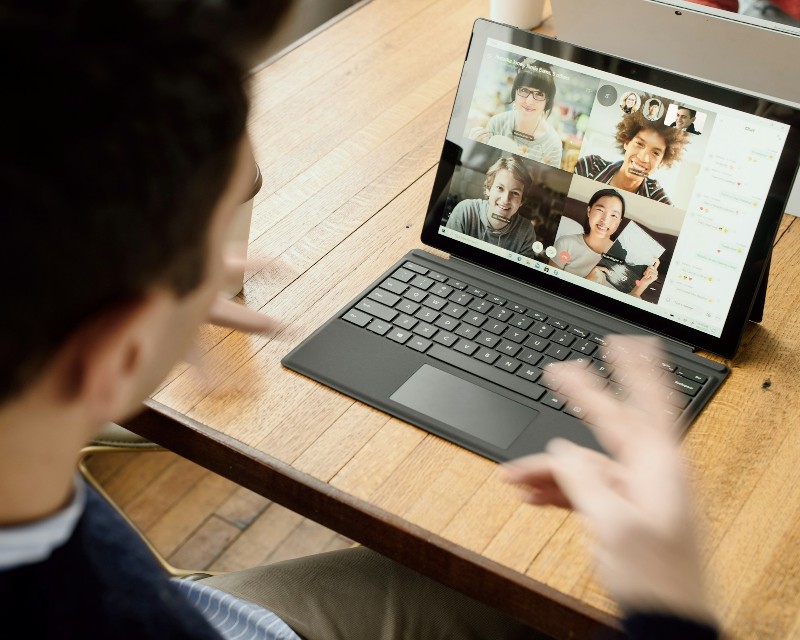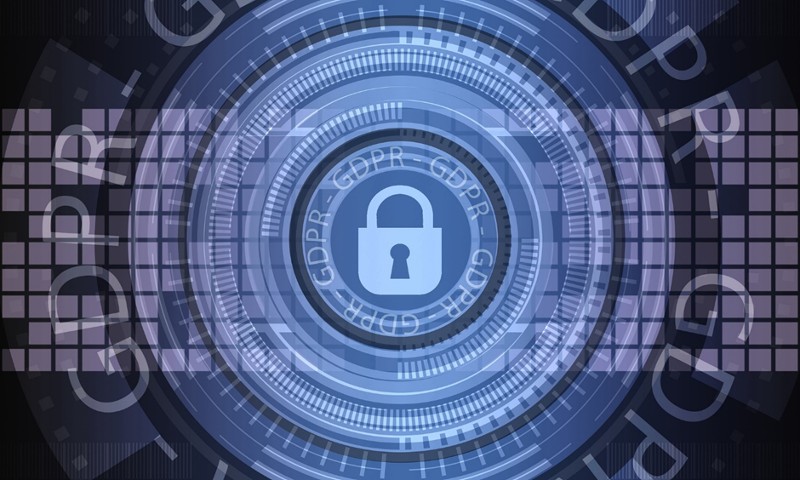Energy-Saving Hacks That Can Save Your Business Money
Electricity is a fundamental need. And the bills that come, a given cost of doing business. Many barely glance at the figure on the paper before settling their dues. Some even automate payments.
Yet it pays to carefully comb through your bill. This year, even more so. Energy costs are on the rise, driven by soaring inflation rates and the pipeline disruptions as a result of Russia’s invasion of Ukraine.
Energy Crisis Threatens Businesses
The energy crisis is putting the squeeze on everyone, from households to businesses. Small to medium companies are particularly vulnerable. Half are at risk of collapse because of rising prices, according to a report from insurance firm Simply Business.
In a bid to help beleaguered organisations, the UK government has announced plans to cap wholesale prices for energy. Electricity and gas will be capped at £211 and £75, respectively.
The Large Carbon Footprint of Modern Work
Driven by enterprise technology, incredible things are happening at work. With remote desktops, the world’s your office, as long as you have a working Internet connection. Intelligent Automation (IA) tools are accomplishing tasks that would take knowledge workers hours in seconds.
What most of us see is the impressive finished product: faster output, saved manpower hours, and fancy automated workflows. Locked away in server rooms and remote data centres, it’s easy to remain unaware of the power requirements of the machines that make the work possible.
Yet the environment is definitely feeling the heat. Imagine the cooling needs of your average home computer–a machine whose workload is a sliver compared to enterprise servers. Now think about a facility that hosts the storage and computing needs of corporations.
The energy required to cool a data centre takes up more than half of its total power demand, which is around an astounding 400 terawatt hours (TWh). That consumption leaves behind a substantial carbon footprint. Data centres generate 3 percent of all greenhouse gas emissions. By 2025, that number can climb to 5.5 percent.
Taking Steps Towards Sustainable Energy Consumption
With such dire consequences looming on the horizon, businesses should be looking at all possible ways to cut energy costs. This goes beyond switching the lights off when no one’s around. To make significant savings, businesses need to look at some of the biggest power draws in the office: your computers and IoT devices.
1. Switch Off PCs
At the office, computers left on standby mode are some of the largest wasters of energy. Employees rarely switch computers off – more than half never do. It’s a habit partly borne out of efficiency. Logging back onto VPNs, generating access tokens, and booting up work apps takes time. It’s much more convenient to simply leave the machines running and ready to pick up where you left off.
But amidst a recession and an energy crisis that’s only expected to get worse, it’s a habit that’s no longer tenable. A single idling desktop costs businesses £10 annually. For businesses with scores of workers, that’s easily hundreds to be made in cost savings just by turning off the machines at the end of the day.
2. Automate And Unplug
Energy saving mode is built into nearly all Internet-enabled devices, not just your PC. From smart lighting to connected coffee makers, your office is probably home to an array of IoT devices, each an opportunity for cost savings.
Smart lighting systems alone can reduce energy consumption significantly in office buildings and industrial estates. Break room appliances can be set to operate on low power mode after a set period of time. Even “dumb” appliances like old vending machines or toasters can be automated using smart plugs. Some machines – aptly coined vampire appliances – still consume power when switched off. If no one’s using a machine or if you see a charger plugged in with no phone in sight, simply unplugging it altogether can save you a little money.
3. Keep Cameras Off For Virtual Meetings
Over the last couple of years, webcams have become a staple for work setups. Requiring employees to use cameras has been one way companies have tried to stay connected during the pandemic.
But video streaming exacts a toll. Videoconferencing is resource and bandwidth heavy – ask anyone with an overheated laptop after an all hands on deck townhall. Just an hour of streaming produces up to 1,000 grams of carbon dioxide. Sticking to voice during virtual meetings can ease the load on your devices and bandwidth, and trim excess energy consumption.
4. Update Your Equipment
Computers are getting more energy efficient with every generation. Made of numerous parts, manufacturers have a lot of room to improve and iterate. For instance, SSDs are 10 times faster than HDDs while using only a quarter of power.
Retrofitting old desktops with new parts will improve power efficiency and productivity. However, switching to low power devices such as laptops can cut costs even further. Laptops consume up to 80 percent less energy than desktops. Unlike older models, newer units are also powerful enough to handle heavy tasks such as those related to data science and analysis.
5. Consider Outsourcing Hardware
Managing on-premise data centres is already an expensive affair. Coupled with rising electricity bills, it’s a cost that even large enterprises will have to review. Streamlining workflows and eliminating redundancy will be key for optimising server resources.
If the cost becomes too steep, you can outsource the responsibility of managing and optimising servers altogether. Using hosted services effectively puts a cap on the energy consumption of your cloud store and computing.
If you’re looking to scale down your utility bill while maintaining productivity levels, Evolvit can help you spot where your IT infrastructure is leaking energy usage. Book a free consultation today.






